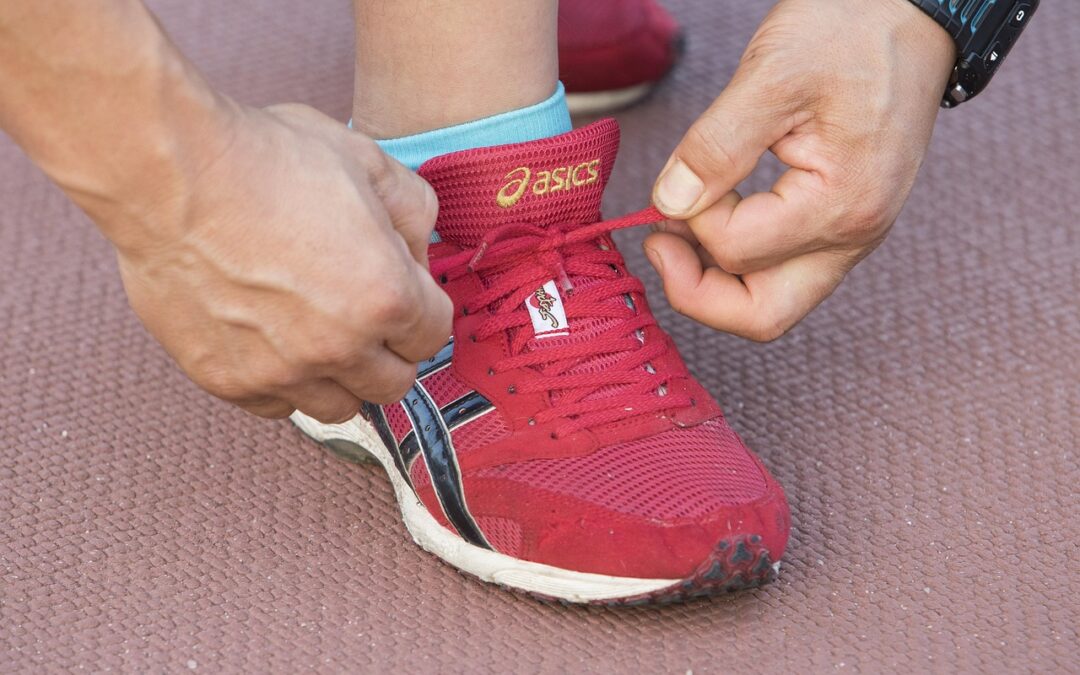
Crush Your First 26.2 Miles: A Beginner-Friendly First Marathon Training Plan
Introduction to 26.2
Running your first marathon is an incredible journey—one filled with excitement, dedication, and a fair share of challenges. Completing 26.2 miles is no small feat, but with the right first marathon training plan, you can cross the finish line feeling strong and accomplished. Whether you’re new to running or looking to step up from shorter races, preparing for a marathon requires a strategic approach that balances endurance, strength, and mental toughness.
In this guide, we’ll walk you through everything you need to know to prepare for your first marathon. From choosing the right first marathon training plan to race-day strategies, this article will help you build confidence and ensure you’re fully prepared for the big day. Lace up your shoes, and let’s dive in!
Choosing the Right First Marathon Training Plan for Your Fitness Level
Selecting the appropriate first marathon training plan is crucial for your success. The right plan should align with your current fitness level, running experience, and personal goals. Beginners typically fall into one of three categories: complete novices, casual runners, and experienced short-distance runners.
Assessing Your Current Fitness Level
Before you start training, it’s essential to assess your current fitness level. Consider the following factors:
-
-
-
How often do you run each week?
-
What is your longest continuous run?
-
Do you participate in any cross-training activities?
-
Have you completed a half marathon or any other race?
-
-
Beginner-Friendly Training Plan Options
-
-
-
Couch to Marathon (6-9 months): Ideal for those with no running experience. This plan gradually builds mileage and endurance over an extended period.
-
16-Week First Marathon Training Plan: Perfect for casual runners who can comfortably run 3-5 miles and want a structured schedule to increase distance.
-
12-Week Accelerated Training Plan: Designed for experienced short-distance runners who already run 15-20 miles per week and want to prepare for a marathon in a shorter timeframe.
-
-
Setting Realistic Goals
When starting your first marathon training plan, set realistic goals that align with your fitness level. Whether your goal is to simply finish, hit a specific time, or run injury-free, having a clear objective will keep you motivated.
Essential Gear and Nutrition Tips to Support Your First Marathon Training Plan
Running a marathon isn’t just about logging miles; having the right gear and fueling your body correctly can make a huge difference in your training and performance.
Must-Have Running Gear
-
-
-
Running Shoes: Invest in high-quality running shoes that provide proper support and cushioning. Visit a specialty running store to get fitted for the right pair.
-
Moisture-Wicking Clothing: Avoid cotton; opt for moisture-wicking shirts, shorts, and socks to prevent chafing and blisters.
-
GPS Watch or Running App: Tracking your progress with a GPS watch or app can help you stay on pace and monitor your training.
-
Hydration Gear: A hydration belt or handheld bottle ensures you stay hydrated during long runs.
-
Foam Roller: Helps with muscle recovery and prevents injuries by keeping muscles loose.
-
-
Nutrition for Marathon Training
-
-
-
Pre-Run Fuel: A mix of carbohydrates and protein (e.g., banana with peanut butter) provides sustained energy.
-
Hydration Strategy: Drink water throughout the day and replenish electrolytes with sports drinks during long runs.
-
Post-Run Recovery: Focus on protein and carbs (e.g., chocolate milk, protein shake) to aid muscle recovery.
-
-
The Perfect Weekly Running Schedule for First-Time Marathoners
A structured first marathon training plan should balance running, cross-training, and rest days to prevent burnout and injury.
Sample Weekly Schedule
-
-
-
Monday: Rest or light cross-training (yoga, cycling)
-
Tuesday: Speed work or interval training (e.g., 4-6 x 400m sprints)
-
Wednesday: Mid-distance run (4-8 miles at a comfortable pace)
-
Thursday: Strength training and core exercises
-
Friday: Short recovery run (3-5 miles)
-
Saturday: Long run (building up from 6 to 20 miles)
-
Sunday: Rest or active recovery (easy walk, stretching)
-
-
Importance of Gradual Mileage Increase
Your long runs should increase by no more than 10% each week to prevent injuries. A proper first marathon training plan incorporates a tapering phase in the last few weeks to allow the body to recover before race day.
Overcoming Mental and Physical Challenges During Your First Marathon Training Plan
Marathon training comes with its fair share of challenges, from physical fatigue to mental roadblocks. Here’s how to push through.
Dealing with Fatigue and Injuries
-
-
-
Listen to your body and take rest days when needed.
-
Incorporate strength training to prevent injuries.
-
Use recovery techniques like foam rolling and ice baths.
-
-
Staying Motivated
-
-
-
Join a running group or find a training buddy for accountability.
-
Track your progress and celebrate milestones.
-
Remind yourself why you started this journey.
-
-
Mental Strategies for Long Runs
-
-
-
Break the marathon into smaller segments.
-
Use positive self-talk and visualization techniques.
-
Experiment with different pacing strategies to find what works best for you.
-
-
Race Day Strategies to Execute Your First Marathon Training Plan Like a Pro
After months of training, race day is finally here! Proper planning and execution will help you run a successful marathon.
Pre-Race Preparation
-
-
-
Stick to familiar meals and avoid trying new foods on race day.
-
Lay out your gear the night before to minimize stress.
-
Arrive early to warm up and mentally prepare.
-
-
Pacing and Hydration Strategies
-
-
-
Start slow and maintain a steady pace—don’t get caught up in the excitement.
-
Use aid stations strategically for hydration and fuel.
-
Stay flexible and adjust your pace based on how you feel.
-
-
Crossing the Finish Line Strong
-
-
-
Stay mentally focused in the final miles.
-
Use crowd energy to keep pushing forward.
-
Smile for the finish line photo—you did it!
-
-
Conclusion
Running your first marathon is a life-changing experience that requires dedication, perseverance, and smart training. By following a structured first marathon training plan, investing in the right gear, and staying mentally strong, you’ll set yourself up for success. Whether your goal is simply to finish or to achieve a specific time, remember to enjoy the journey, trust your training, and celebrate every milestone along the way.
Are you ready to crush your first 26.2 miles? Lace up, start training, and make your marathon dream a reality!

